What I Wish I Knew Before Getting Locs: An Honest Guide
I’ve spent years working with hair, but my real passion is in the art and science of dreadlocks. My own journey started with a whole lot of trial and error… and I mean a LOT of error. Those early mistakes, though, taught me way more than any guide ever could. Now, I help people start their own locs, and the first thing I always say is this: forget everything you’ve heard about locs being a “no-effort” hairstyle.
In this article
That’s probably the biggest myth out there. Gorgeous, healthy locs don’t just happen. They’re the result of patience, a solid routine, and understanding what your hair actually needs. So, while they aren’t “effortless,” the journey is one of the most rewarding things you can do with your hair. This is the real-deal guide I wish I had when I started.
First, a Quick Shopping List for Beginners
Before we dive in, let’s talk about gear. You don’t need a ton of fancy stuff, but getting the right tools from the start makes a huge difference. Here’s a basic, budget-friendly list:

- Rattail Comb: Absolutely essential for clean parts. You can grab one for about $2 at any beauty supply store.
- Residue-Free Shampoo: This is a non-negotiable. A great one to start with is Neutrogena’s Anti-Residue Shampoo, which costs around $8-$10. There are also tons of great loc-specific brands out there.
- Microfiber Towel: It absorbs way more water than a regular towel and reduces frizz. A good one is about $10-$15.
- Satin or Silk Bonnet/Durag: Protects your hair at night and prevents lint from getting in. You can find one for $5-$10.
- Spray Bottle: For your daily moisture spritz. A simple 8oz bottle is perfect.
That’s it. See? Starting out is pretty affordable. The real investment is in time and technique.
So, How Does Hair Actually Turn into a Loc?
Okay, let’s get into the nitty-gritty. It’s not magic, it’s just your hair’s structure doing its thing. Every single strand of hair is covered in tiny overlapping scales called cuticles. On straight hair, these cuticles lie down flat, which is why the strands just slide past each other.
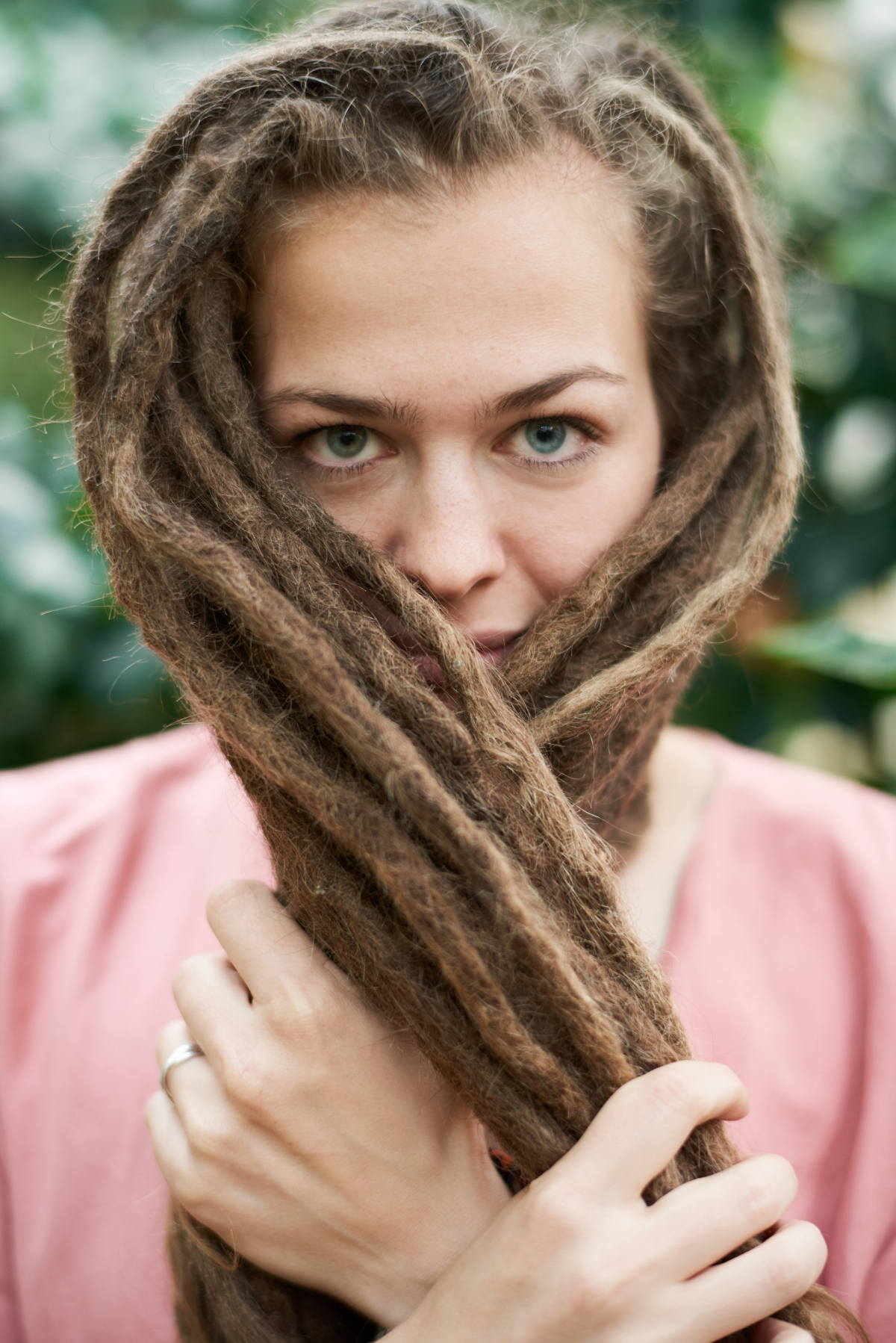
But on curly and coily hair, it’s a different story. The hair’s natural bends and twists, combined with cuticles that are often a bit raised, create a ton of friction. The strands are constantly grabbing and snagging on each other. This is why textured hair is practically designed to lock up.
The whole process of starting locs is just giving this natural tangling a little organization. We create sections and encourage them to form an internal “matrix” of knots. Over time, as you wash your hair and just live your life, those knots get tighter and denser. Understanding this is key—it’s why sticky waxes are a terrible idea (they just gunk up the matrix) and why a clean scalp is so important for healthy growth.
The Four Stages of Your Loc Journey
Your locs will go through a few phases. Knowing what to expect will keep you from panicking when your hair enters its awkward teenage stage. Trust me, everyone goes through it.
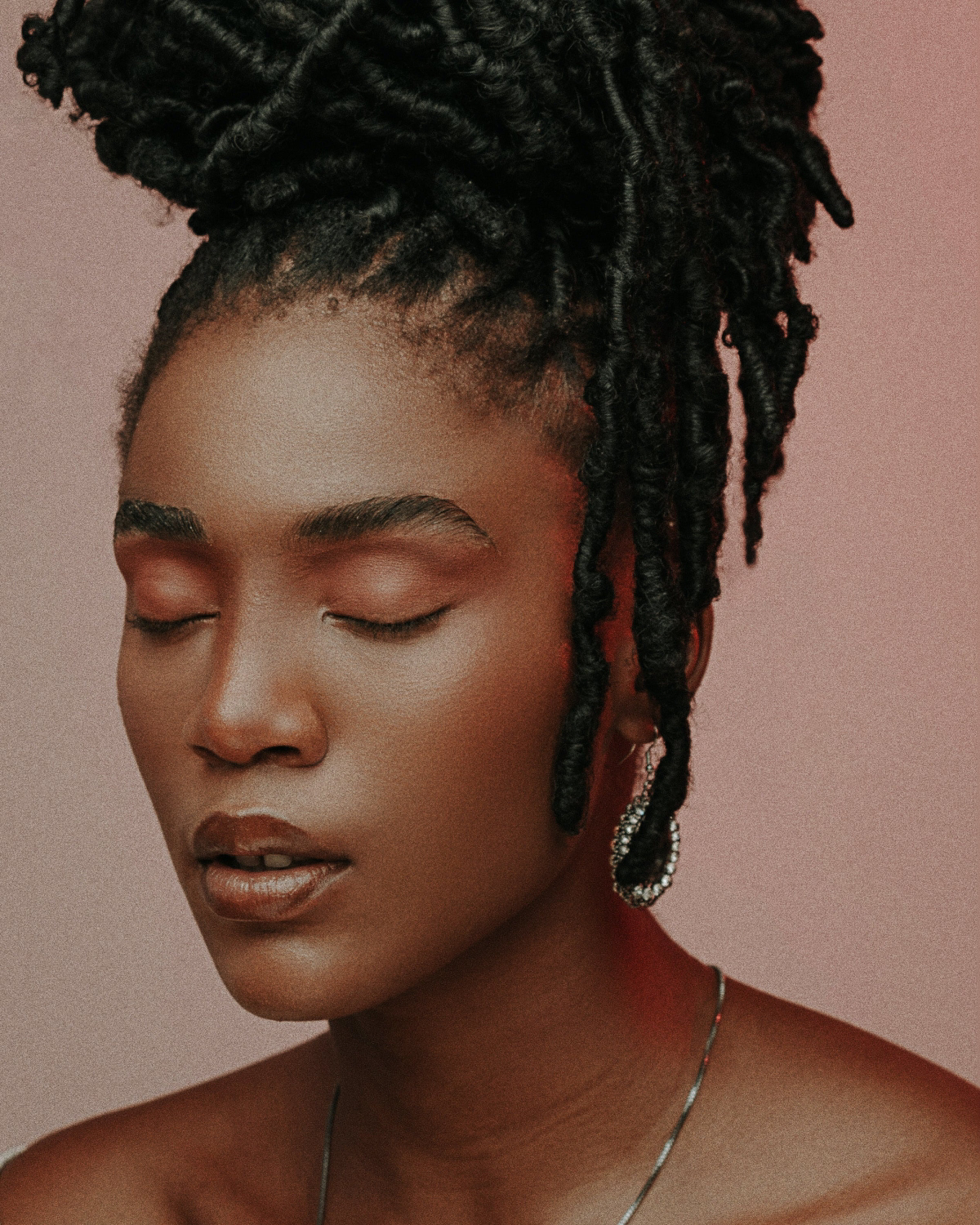
- The Starter Stage (First 6 months or so): This is ground zero. Your hair is in its initial style—coils, twists, or braids. They’re super delicate, frizzy, and will try their best to unravel every time you wash them. Patience is everything here. That frizz you see? It’s not a bad sign! It’s the raw material that will eventually get pulled into the loc, making it thicker.
- The Budding Stage (Roughly 6-12 months): You’ll start to feel little hard bumps forming inside your baby locs. That’s the matrix kicking into gear! They might look puffy, lumpy, and uneven. Honestly, they can be a bit rebellious at this point. Just let them be. Over-twisting now can cause damage down the road.
- The Growing Stage (Around 1-2 years): Things are starting to look like, well, locs! They’re much more solid, they have some weight, and they hang differently. The budding is pretty much done, and you can really start to see your length coming through. Your maintenance routine gets a lot simpler here.
- The Mature Stage (2+ years): Welcome to the good life. Your locs are fully formed, strong, and consistent. Maintenance is straightforward, and they’ve truly become a part of you. From here on out, they just grow and mature with you.

How to Start: Finding the Right Method for You
The way you start your locs is the foundation for their entire life. Your choice depends on your hair type, lifestyle, and the look you’re going for. There’s no single “best” way, just the best way for you.
For Coily and Kinky Hair (Type 4)
This hair type is the easiest to loc because it’s already halfway there. The goal is just to start with clean, uniform sections.
- Comb Coils: A classic method where a pro uses a rattail comb to twist small sections of damp hair into neat coils. They use a light, water-based gel for hold. These are fragile at first but mature into beautiful, smooth, cylindrical locs. Heads up on cost: Expect to pay between $80 and $150 for a professional installation.
- Two-Strand Twists: This is a super popular and slightly more durable starting method. The hair is sectioned and put into simple two-strand twists. Over time, the twists merge into a single loc. The twist pattern might be visible for the first year, but it eventually fades. It’s a great choice if you’re worried about them unraveling during early washes. Cost is usually similar to comb coils.
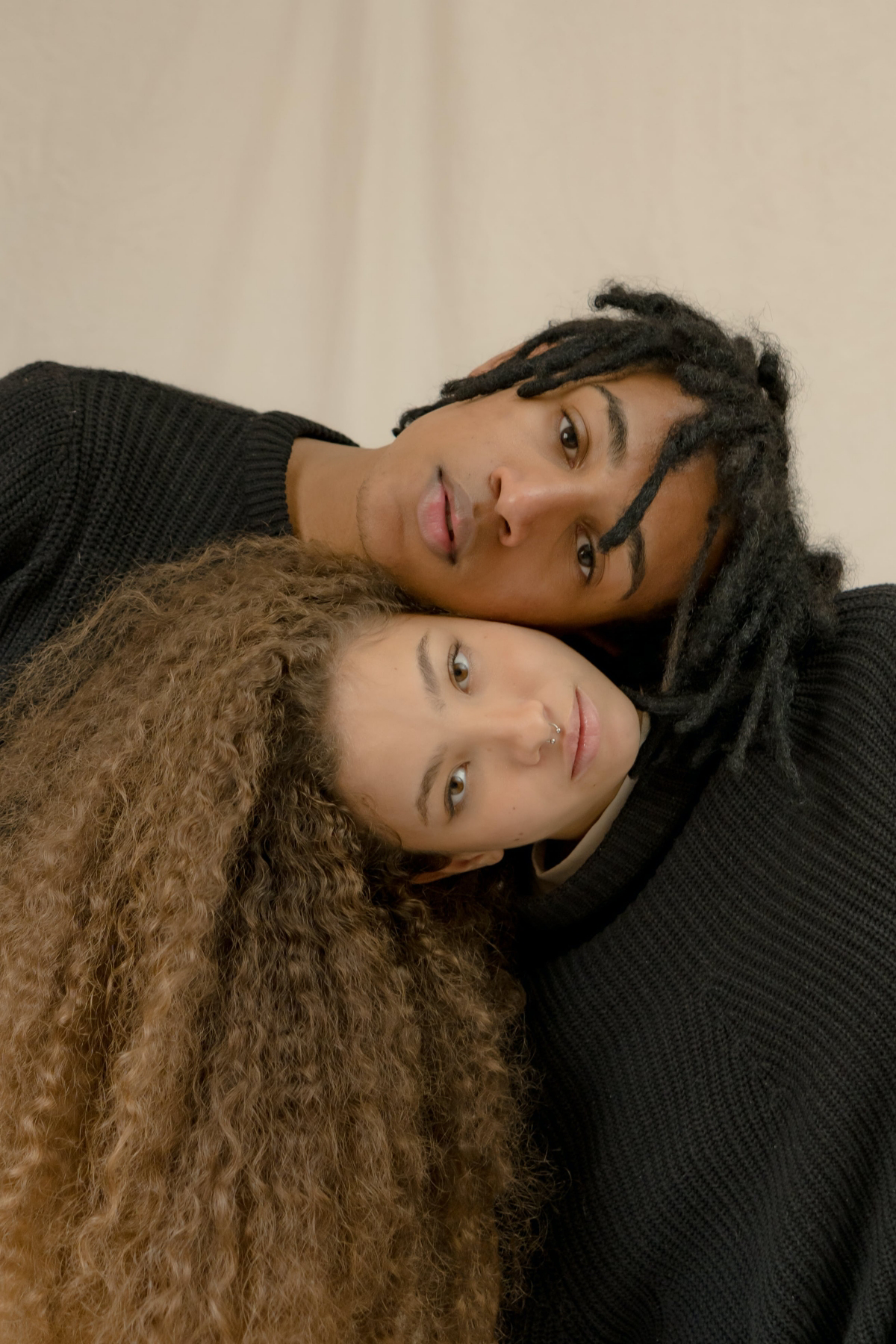
For Curly and Wavy Hair (Type 3 & 2)
Looser curl patterns need a bit more persuasion to lock up since there’s less natural friction.
- Backcombing & Crochet: This is the “instant loc” method and my go-to for these hair types. The process involves backcombing each section to create a tangled puff, then using a tiny crochet hook (like a 0.6mm) to pull all the loose hairs into the center, forming a dense, mature-looking loc from day one. It’s very labor-intensive—plan for an 8 to 12-hour session. The price reflects the work: this can range from $400 to over $800 depending on the loctician’s skill and your hair length.
- Braidlocs: This means starting your locs with small, tight braids. It’s a slow and steady process, but the braids are very durable. The final locs can have a slightly flatter appearance, and the braid pattern might remain visible for a long time. It’s a solid option for athletes or anyone who sweats a lot.
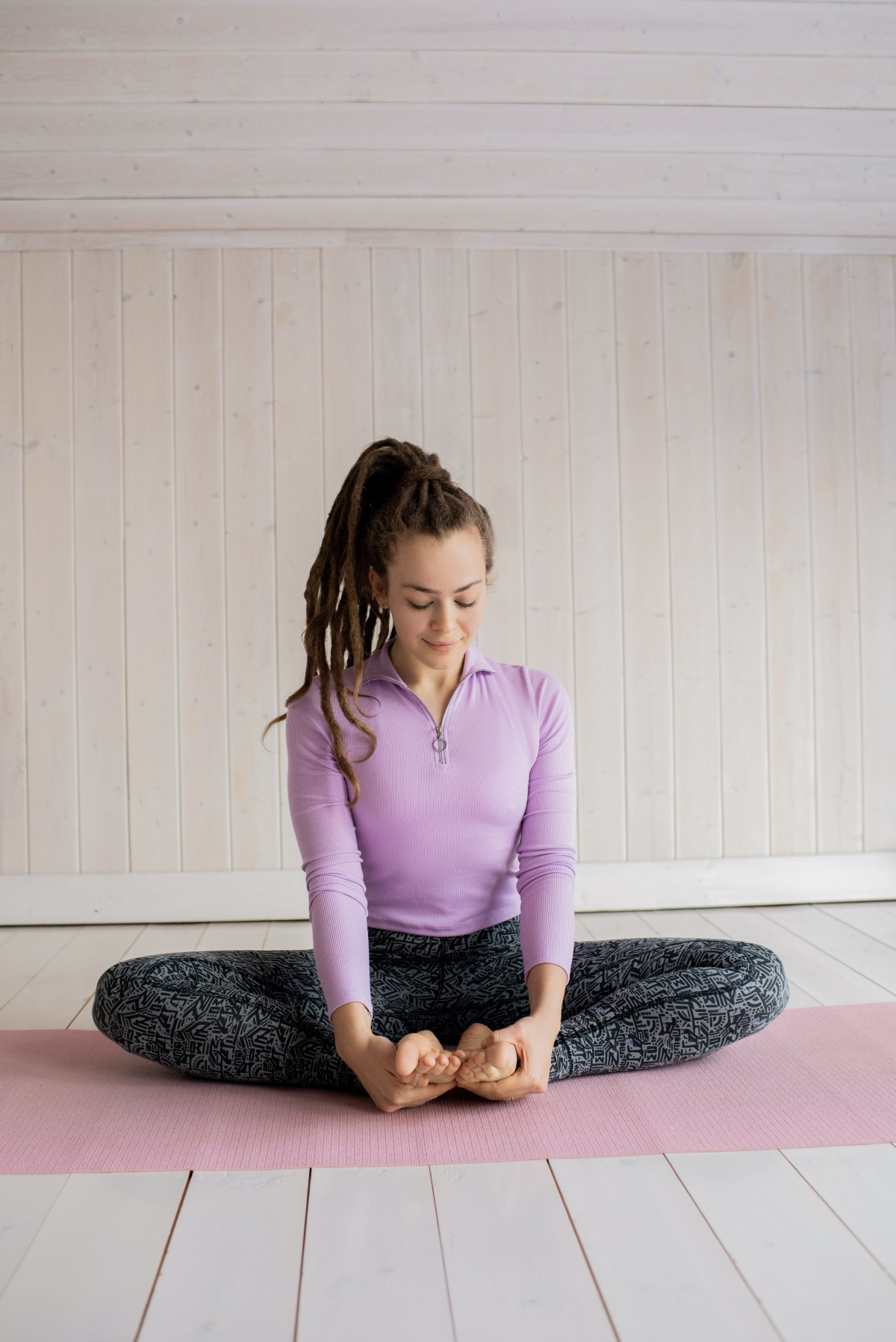
And Then There’s Freeform…
This is the most organic path. You just wash your hair and stop combing it. Your hair sections itself and forms locs of all different shapes and sizes. The only real “maintenance” is separating them at the roots every so often to keep them from merging into one giant loc. It’s a beautiful process of letting go of control and embracing whatever your hair decides to do.
The Real Deal on Loc Maintenance
This is where the magic really happens. Your weekly and monthly habits are way more important than the day you got them started.
Washing: Yes, You Have To!
Let’s clear this up right now: you must wash your locs. Clean hair locks faster than dirty hair. Oil and product buildup act like a lubricant, preventing strands from knotting. Plus, it can lead to gross buildup and odors.
- How Often: When they’re new, you’ll want to wash very gently every 1-2 weeks. Once mature, every 1-3 weeks is a good rhythm for most people.
- What to Use: A residue-free, clarifying shampoo. Seriously. Regular shampoos have conditioners and silicones that are designed to make hair slippery—the exact opposite of your goal.
- Quick Tip for Starters: For the first few washes, try putting a stocking cap or wig cap over your hair. You can gently massage your scalp through the mesh, which cleans your scalp without causing your baby locs to completely unravel. It’s a lifesaver!
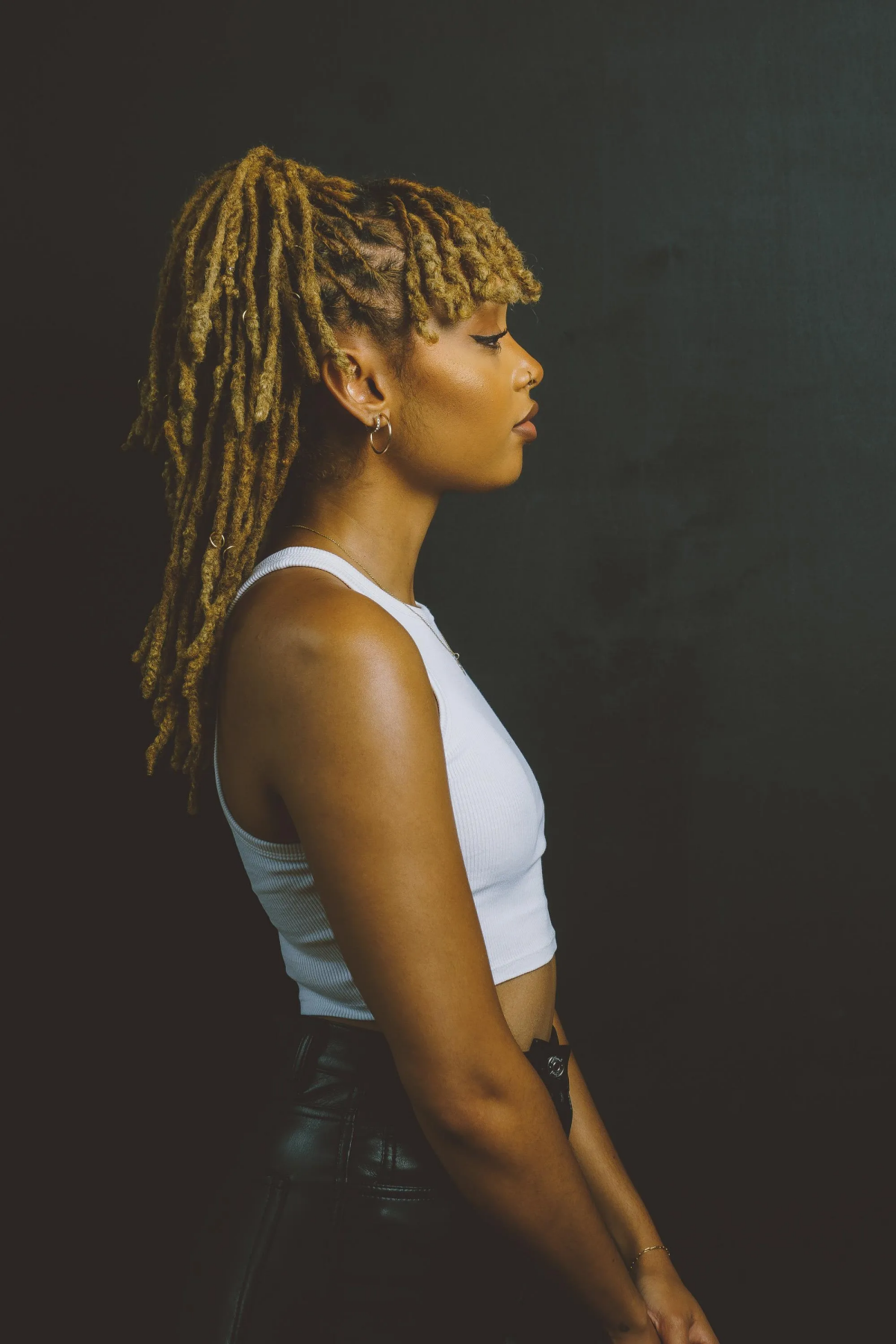
Drying: The #1 Most Important Rule
This is a big one. You have to get your locs 100% dry after every wash. If you leave them damp, especially at the scalp, you’re rolling out the welcome mat for mildew, a.k.a. “dread rot.” It’s caused by moisture trapped inside the loc, and it creates a musty smell that’s impossible to get rid of.
I once had a client who couldn’t figure out why his locs always smelled like a damp basement. Turns out, he was going to bed with wet hair. We had to do several deep cleanses just to manage the issue. Don’t be that guy. Squeeze out all the excess water, wrap your hair in a microfiber towel for 30 minutes, and then let it air dry completely. If your locs are thick, sitting under a bonnet dryer for an hour is a fantastic investment.
The Biggest Beginner Mistake: Beeswax & Heavy Creams
Oh yeah, we have to talk about this. Somewhere along the line, people got the idea that you should use heavy waxes or pomades to “hold” locs together. Please, DO NOT DO THIS. These products don’t wash out. They sit in the center of your loc, attracting lint and dirt, and eventually rot. It’s a nightmare to remove. Stick to light, water-based products or just water itself.

Retightening: Taming the New Growth
Every 4-8 weeks, you’ll need to incorporate your new growth. The most common methods are:
- Palm Rolling: The gentlest way. You just roll the loc between your palms to encourage the new hair to follow the shape. Best for keeping already neat locs in line.
- Crochet Maintenance: Using a tiny hook to pull the new growth and loose hairs directly into the loc. It creates a very clean, instant result.
- Interlocking: Using a tool to weave the loc through the base of its new growth. This creates a tight, long-lasting hold, but it has to be done right. If done too tightly or too often, it can cause thinning and breakage. To be frank, this is one I recommend leaving to a professional every 8-12 weeks.
Moisturizing: Don’t Let Them Get Thirsty
Your locs need moisture to stay flexible and prevent breakage. But not heavy creams! The best solution is a simple homemade spray. Here’s my go-to recipe: Get an 8oz spray bottle, fill it with distilled water, add about 15-20 drops of a light oil (like jojoba or grapeseed), and maybe a splash of rosewater. Shake it up and lightly mist your hair every day or two. The goal is hydration, not saturation.

How to Fix Common Problems
Even with great care, stuff happens. Here’s how to troubleshoot.
- Itchy Scalp: Super common in the beginning! A light spritz of witch hazel or a bit of tea tree oil heavily diluted in water can provide a lot of relief.
- Buildup: For deep-cleaning once or twice a year, an ACV (Apple Cider Vinegar) rinse is your best friend. Soak your locs in a basin of warm water and a half cup of baking soda for 20 minutes. Then, rinse and soak again in fresh water with a cup of ACV for 5-10 minutes. This can be very drying, so always rinse thoroughly with plain water afterward and follow up with a light moisturizing spray.
- Weak Spots: If you notice a loc getting thin, it can often be reinforced by a pro with a crochet hook, who can weave in surrounding loose hairs to strengthen it. If a loc breaks off, don’t throw it away! A skilled loctician can almost always reattach it seamlessly.
Your locs are a commitment, but they’re also a unique and beautiful expression of who you are. The journey will teach you patience and a new level of connection to your hair. Take your time, use the right stuff, and don’t be afraid to find a professional you trust to help you along the way. They’re worth it.

Galerie d’inspiration
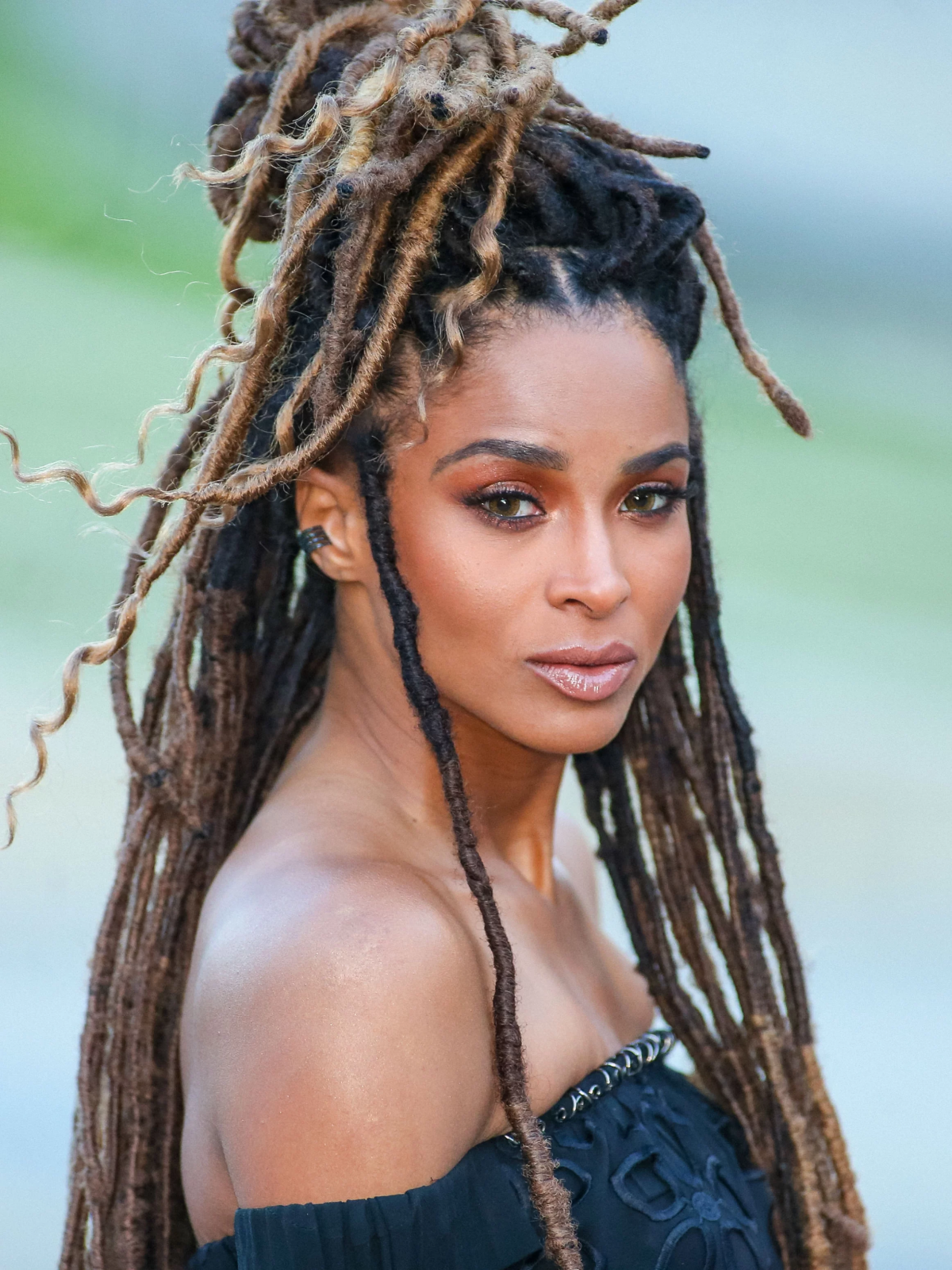

Is my scalp supposed to be this visible? Help!
Yes, and it’s completely normal. When you first start your locs, especially with methods like coils or two-strand twists, your parts will be very prominent. This is called the ‘grid’ and it’s the foundation for your future locs. As your hair grows and the locs mature and swell (a process called ‘budding’), they will expand to cover more of your scalp. Trust the process; a clean grid now means neater, more uniform locs later. Embrace the scalp stage—it won’t last forever!

For many Rastafari, the wearing of locs is deeply connected to the Biblical Nazirite vow, which includes not cutting one’s hair as a symbol of commitment and separation unto God.
Beyond a hairstyle, locs carry profound cultural and spiritual weight. They are a visible statement of identity, rebellion, and spiritual conviction. Understanding this history enriches the journey, connecting you to a legacy far deeper than just aesthetics.

Jojoba Oil: Its molecular structure is the closest to our scalp’s natural sebum. This makes it a fantastic lightweight moisturizer that absorbs easily without causing heavy buildup. It’s ideal for daily spritzing when mixed with water.
Jamaican Black Castor Oil (JBCO): This is a much thicker, richer oil. It’s celebrated for its properties that are said to encourage hair growth and strengthen roots. Use it sparingly, directly on the scalp, maybe once or twice a week rather than on the entire loc.
For beginners, a light touch is best. Start with jojoba and introduce JBCO if you feel your scalp needs extra nourishment.
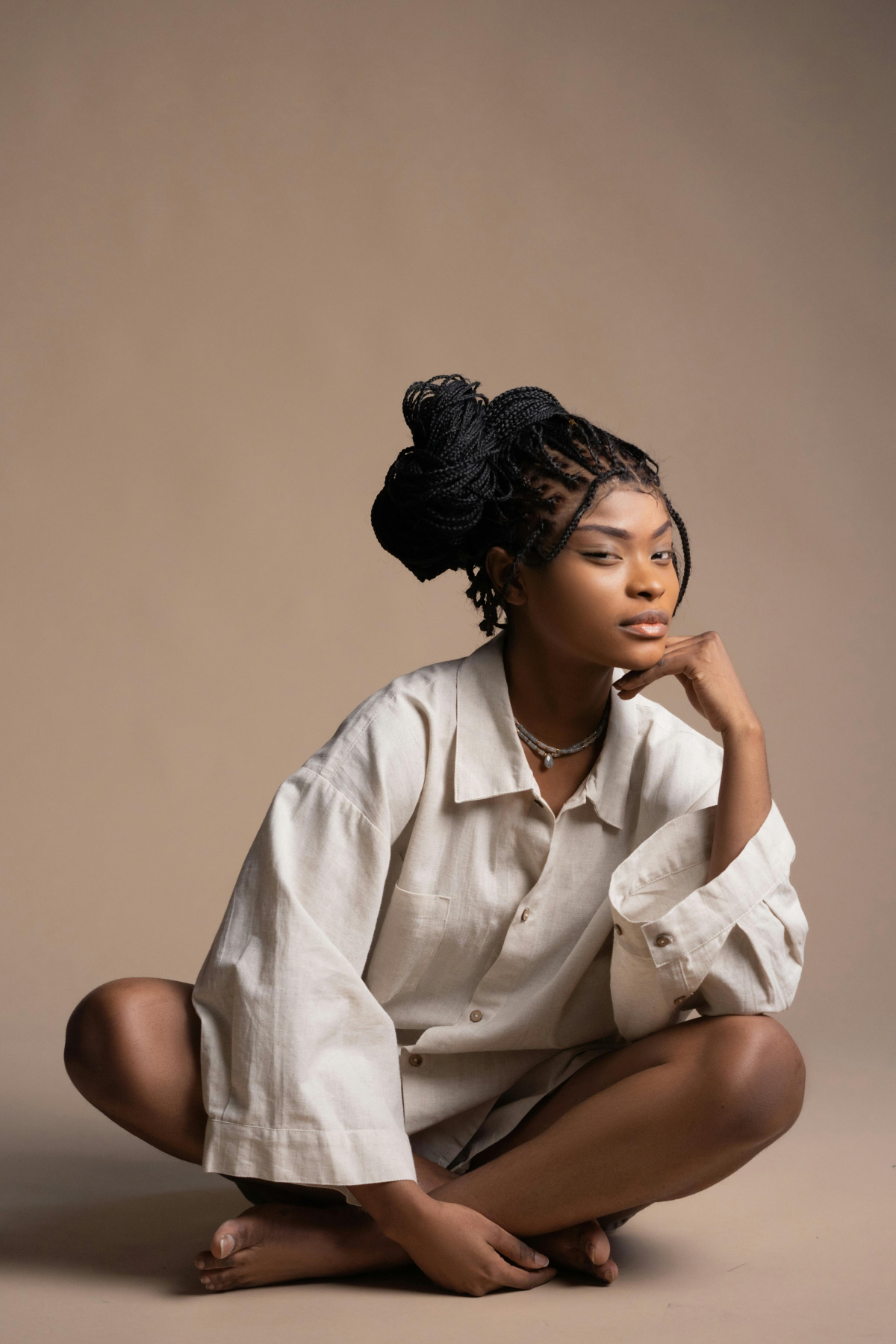
- Protect your starter locs from unraveling.
- Ensure the shampoo reaches your scalp directly.
- Drastically reduce frizz from manipulation.
The secret to a successful first wash? A stocking cap or wig cap. Secure it firmly over your hair before you get in the shower. Apply the shampoo through the cap, focusing on gently massaging your scalp. Press the suds through the locs, but don’t rub. Rinse thoroughly, and then gently squeeze out the excess water with your hands before using a microfiber towel. This technique keeps your delicate baby locs intact.

A crucial mistake to avoid: Retwisting your roots too often or too tightly. It’s tempting to want a perpetually ‘neat’ look, but constant tension can lead to thinning at the root, traction alopecia, and permanent damage to your follicles. Your locs need time to grow and rest. A good rule of thumb is to wait at least 4-6 weeks between retwisting sessions. Patience now will ensure you have strong, healthy locs for years to come.
Beyond your nightly bonnet, become a lint-prevention detective. That fuzzy hoodie or wool scarf? They’re major culprits for shedding fibers that get permanently embedded in your locs. Vigorously shake out your towels before use and consider switching to lighter-colored ones to spot lint more easily. When styling, use products that don’t leave a sticky residue, as this acts like a magnet for any floating dust or fiber.










